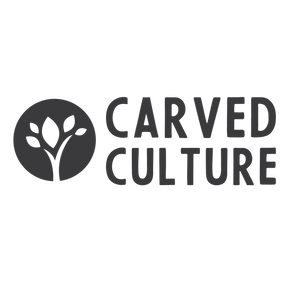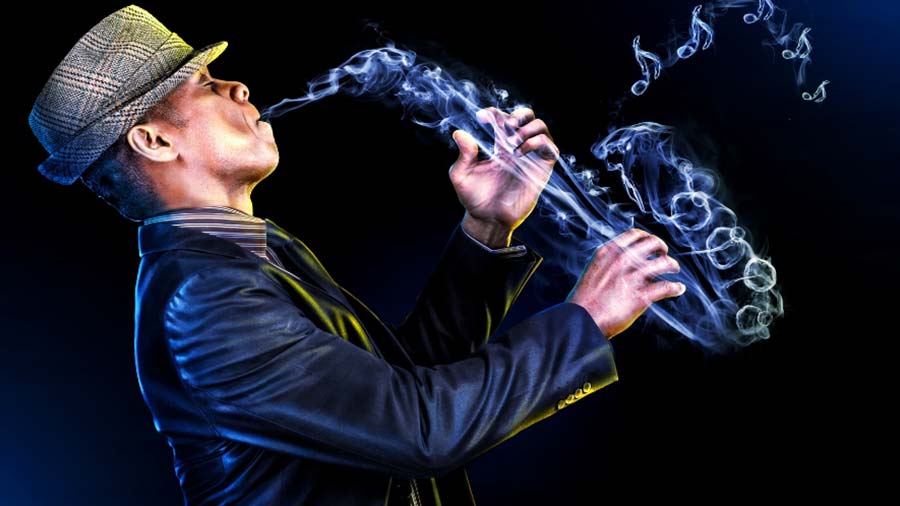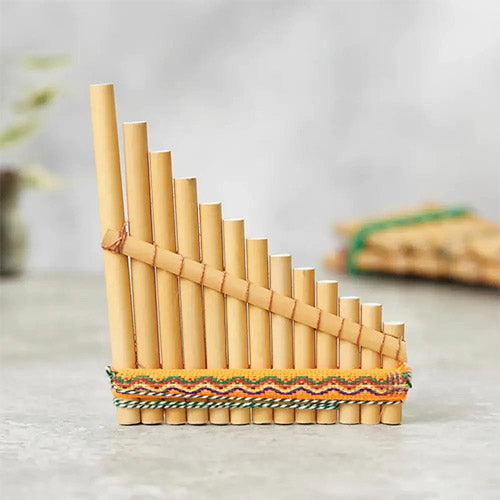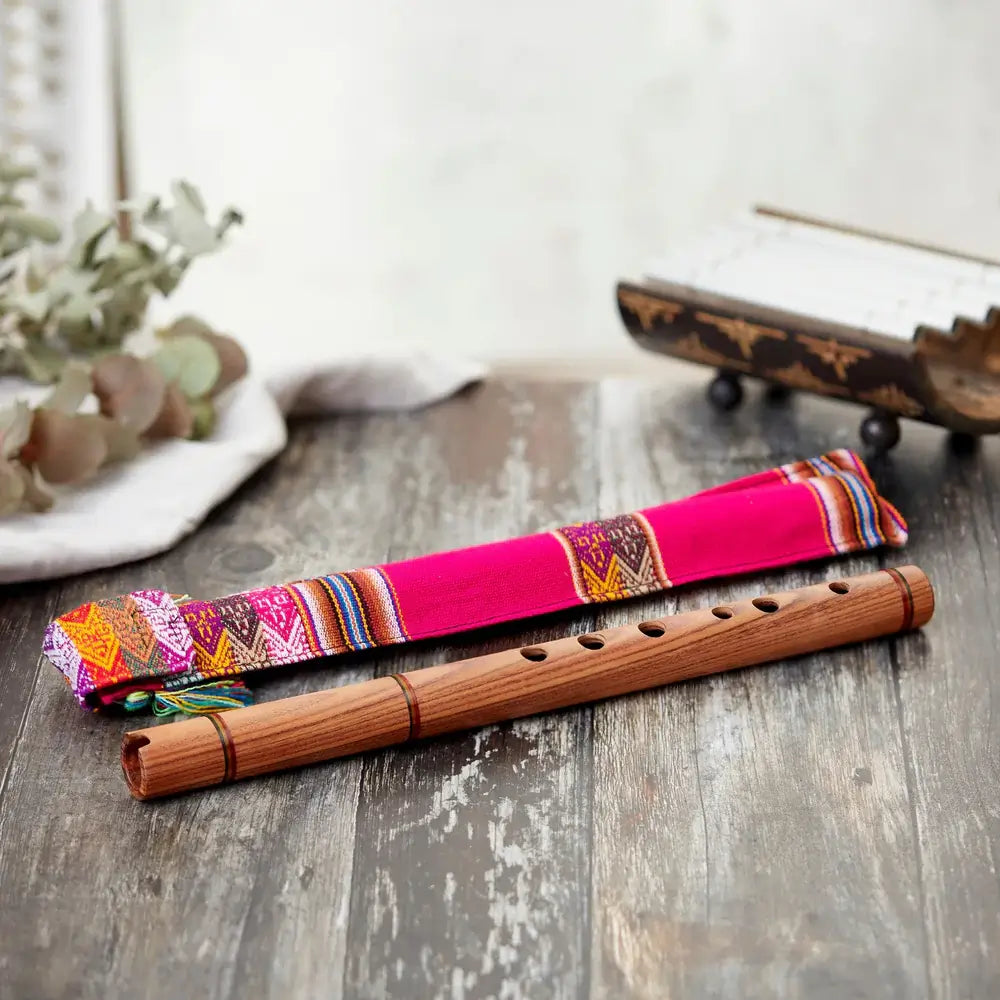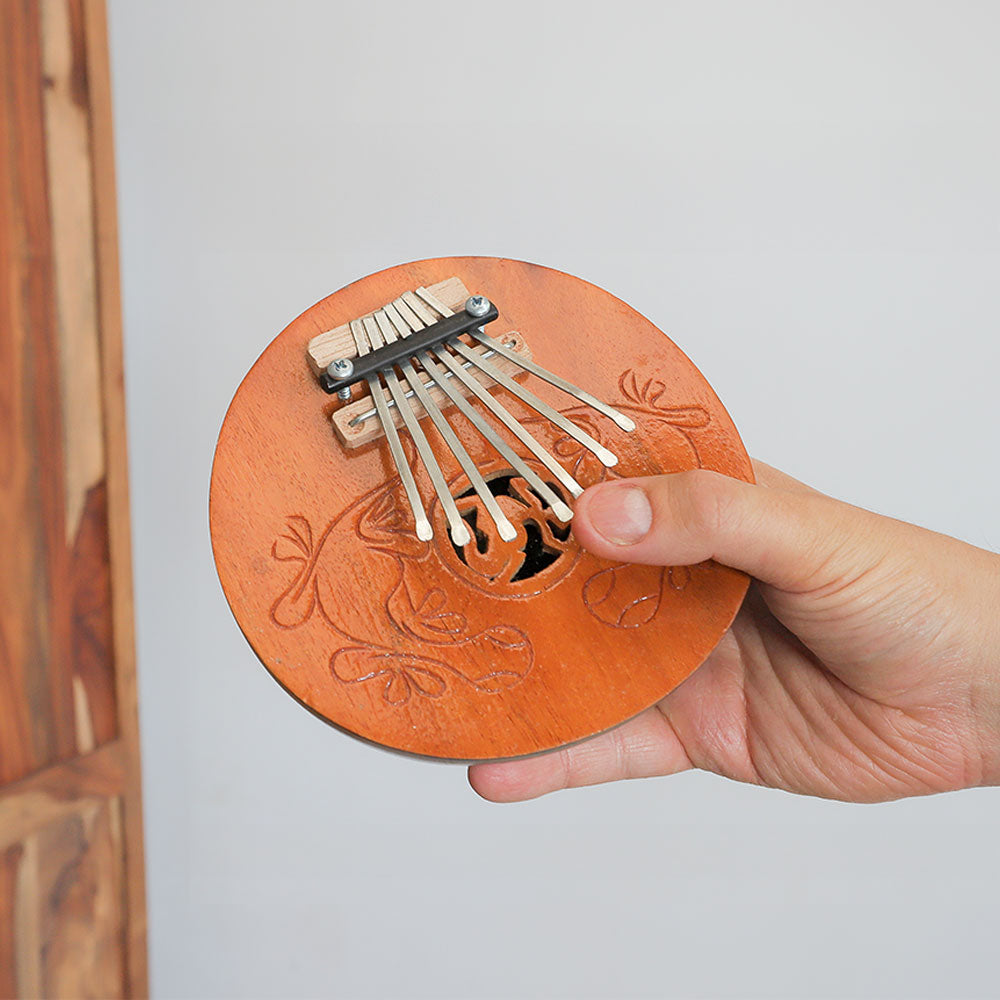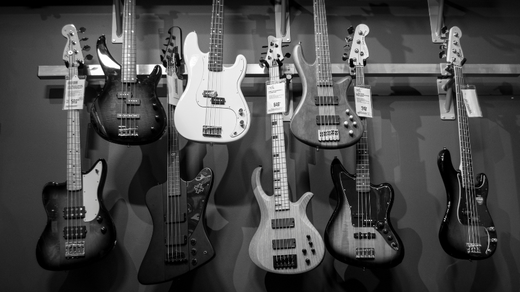Jazz music is known for its distinctive sound and improvisational style, shaped by diverse musical influences. This guide explores key jazz instruments, their uses, and importance in the music industry. Commonly associated jazz instruments include the saxophone, trumpet, piano, double bass, drums, and guitar, each adding a unique sound that defines the genre’s character. Whether you’re a musician, jazz fan, or curious learner, this overview offers valuable insights into jazz instruments.
The Rhythm Section
The rhythm section is vital in jazz, providing the rhythmic and harmonic foundation with drums, double bass, piano, and guitar. Drums set tempo, groove, and interact through improvisation, shaped by legends like Art Blakey. The double bass adds depth and harmony, with players like Charles Mingus showcasing its melodic range.
The piano offers both melody and harmony, revolutionized by Thelonious Monk’s innovative style. The guitar contributes rhythm and melody across jazz styles, influenced by greats like Django Reinhardt, making it essential to the rhythm section’s sound.
The Saxophone
The saxophone is a quintessential jazz instrument, known for its warm, expressive sound that defines the genre. From pioneers like Coleman Hawkins to modern players like Joshua Redman, it has deeply influenced jazz. Common types include soprano, alto, tenor, and baritone saxophones, each with sounds suited to various jazz styles. The saxophone is also a rewarding beginner instrument thanks to its simple layout and logical fingering, with many resources available to help learners start and improve.
The Trumpet
The trumpet is a foundational jazz instrument with a bright, powerful sound, shaped by legends like Louis Armstrong and Miles Davis. Jazz trumpeters use techniques such as improvisation, vibrato, and mute effects to craft their unique voices. When choosing a trumpet, consider quality, playability, and budget, with options ranging from student to professional models—consulting a specialist can help find the right fit.
Lesser-Known Jazz Instruments
Besides the saxophone and trumpet, several lesser-known instruments enrich jazz with unique sounds and textures. The violin, popularized by Stéphane Grappelli in gypsy jazz, appears in free and modern European jazz. The bass clarinet adds a woody tone, often featured in classical-influenced and avant-garde styles. The flute, played by artists like Herbie Mann and Eric Dolphy, brings melodic depth.
The vibraphone is used solo or harmonically, adds shimmering tones, as shown by Gary Burton and Lionel Hampton. The cello, though classical, offers melodic and rhythmic versatility in jazz. Lastly, the slide trumpet combines a Bb trumpet’s range with a trombone slide for expressive bends and slurs, providing a rare voice in jazz.
Learning Jazz Instruments - Courses and Resources
Learning jazz instruments demands dedication and guidance through courses, books, and lessons that teach skills, theory, and improvisation. Popular instruments like saxophones, trumpets, pianos, guitars, and drums dominate both traditional and contemporary jazz.
Jazz’s global reach includes international instruments such as sitar, djembe, and erhu, while Indian jazz fuses sarod, tabla, bansuri, and mridangam for unique sounds. Over time, jazz instruments have evolved from traditional roots to modern music that contributes a voice to the genre’s dynamic sound.
Where to Buy Jazz Instruments
Whilst we dont ypically offer traditional jazz-specific instruments, many of the instruments available can be adapted to jazz and other genres. Ultimately, it’s about how you play—your techniques, scales, and improvisation style—that bring jazz music to life.
